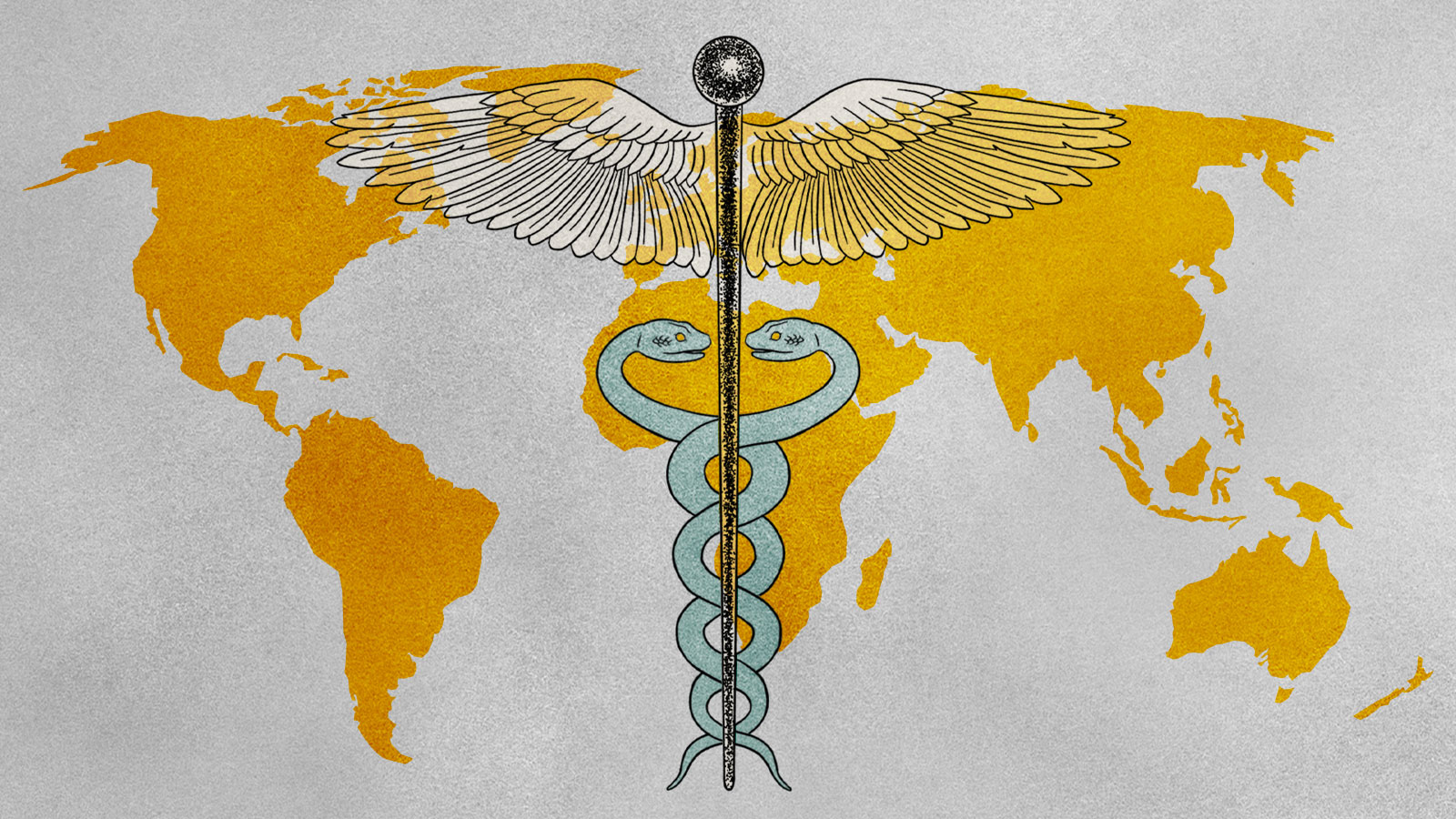A young girl at the time, Tafuna’i watched as her father, a doctor, would go out to treat patients while her household navigated the aftermath of the storms.
“He still had to go to work and the rest of us had to figure out, you know, how do we make sure that we’ve got a shelter for tonight or where are we going to get food from?’” she said.
Tafuna’i’s early experiences help her navigate the impacts of climate change, both as a physician and as a citizen of Samoa, where extreme weather events frequently upend daily life. She uses the knowledge she has accumulated to help other doctors consider climate impacts when treating patients.
Tafuna’i, who has practiced medicine in Samoa for the better part of two decades, knows that once the hurricane-force winds die down and the flood waters recede, public health disasters — vector-borne disease outbreaks, bacterial infections, malnutrition due to crop loss — soon follow. People lose their homes in these storms and spend days exposed to mosquitoes and other pathogen-carrying insects. Decaying sanitation systems overflow and spread E. coli and other dangerous bacteria through communities. Entire fields of crops are wiped out by flooding, and families already struggling with food insecurity go hungry. READ FULL ARTICLE HERE

